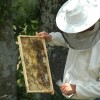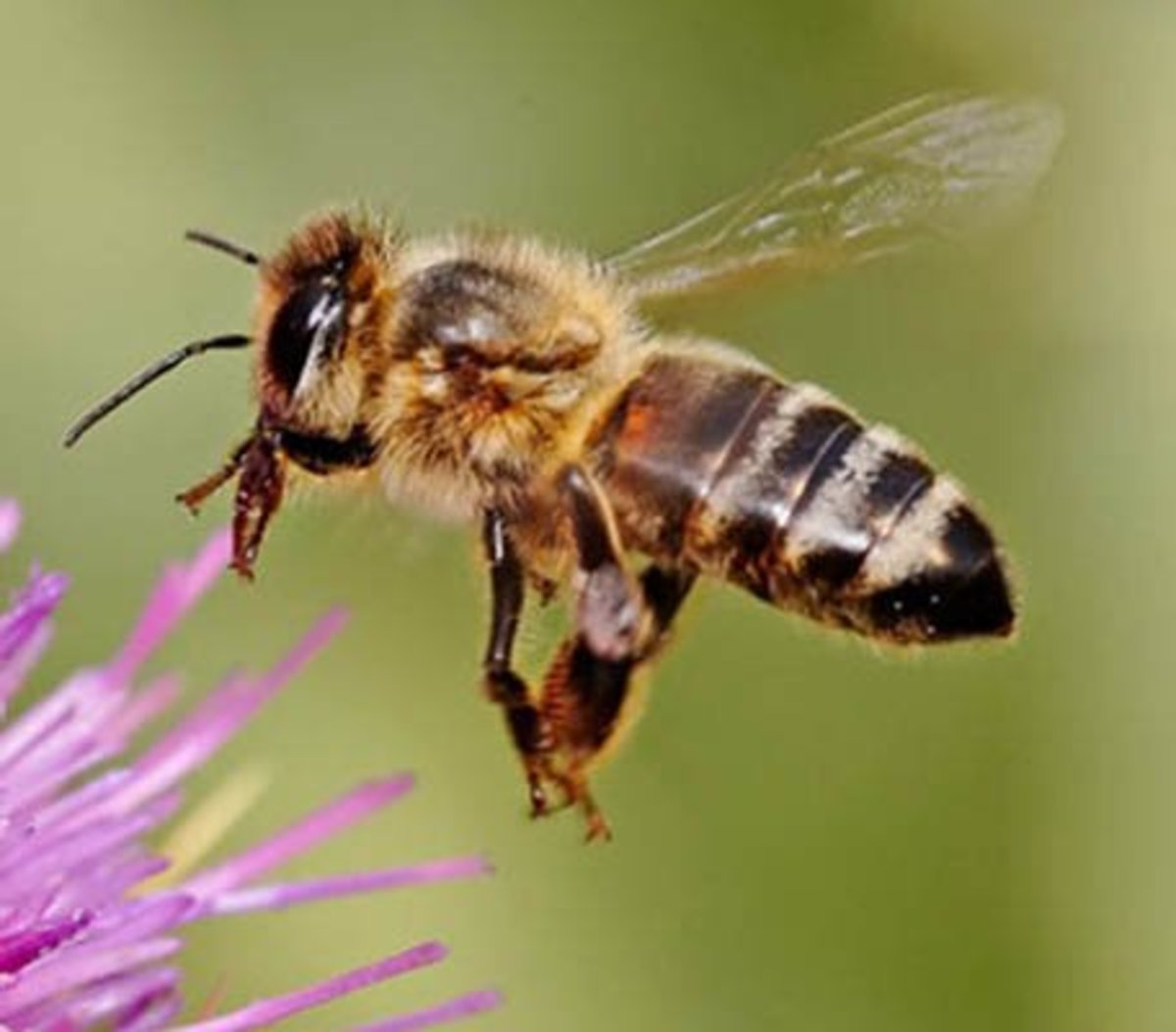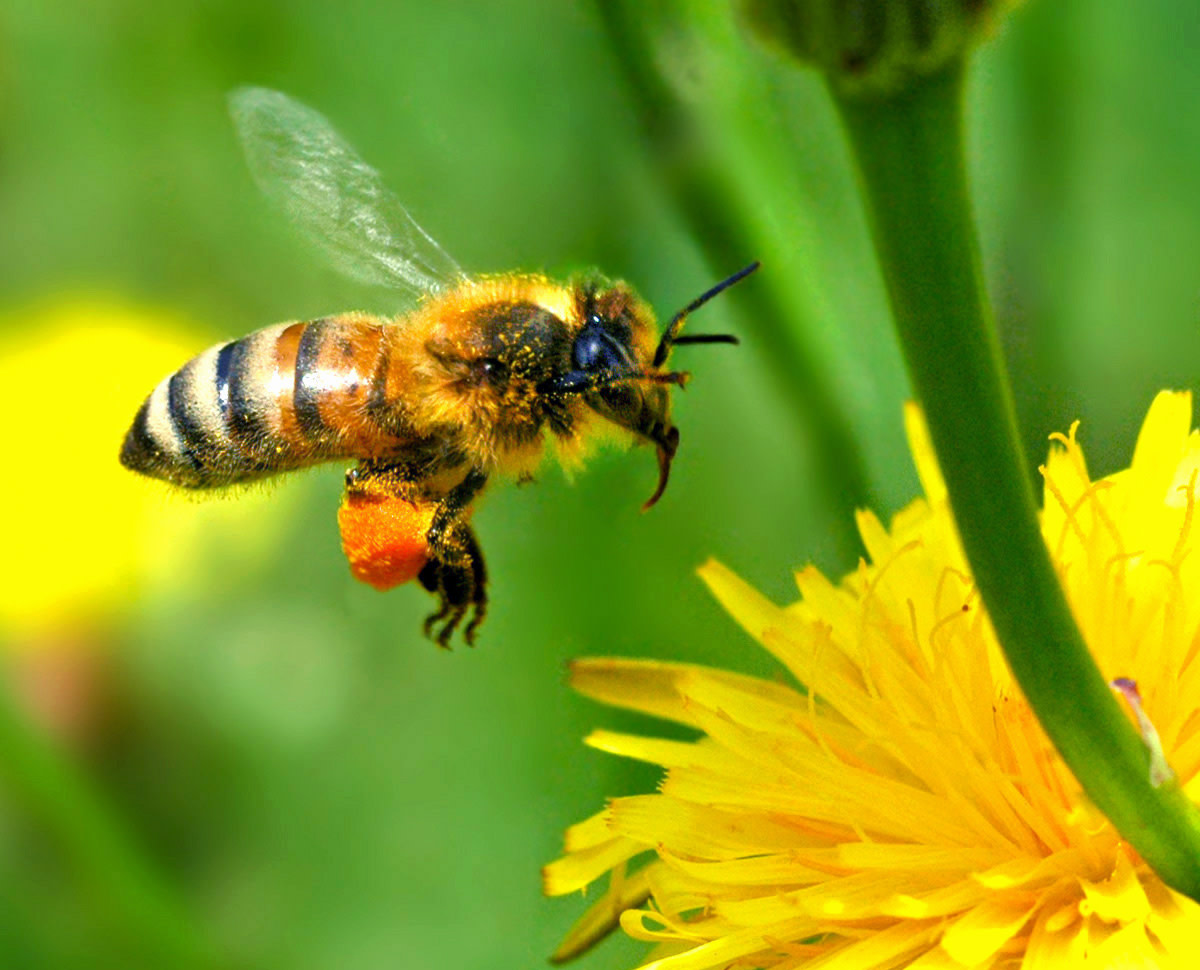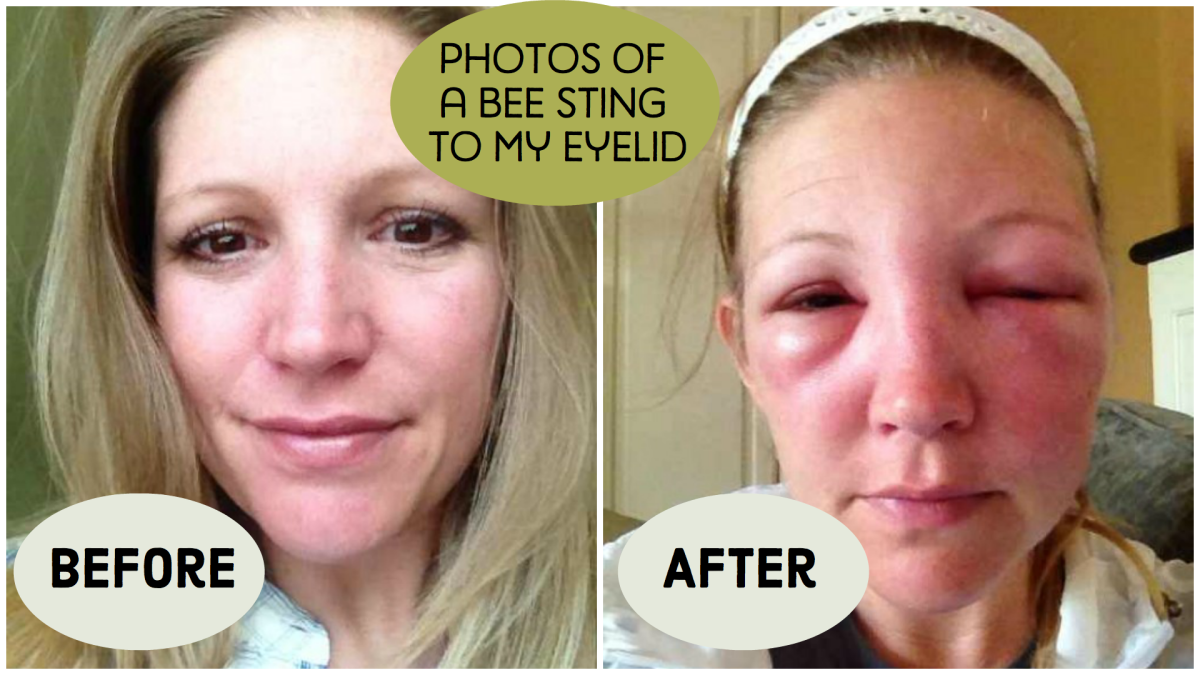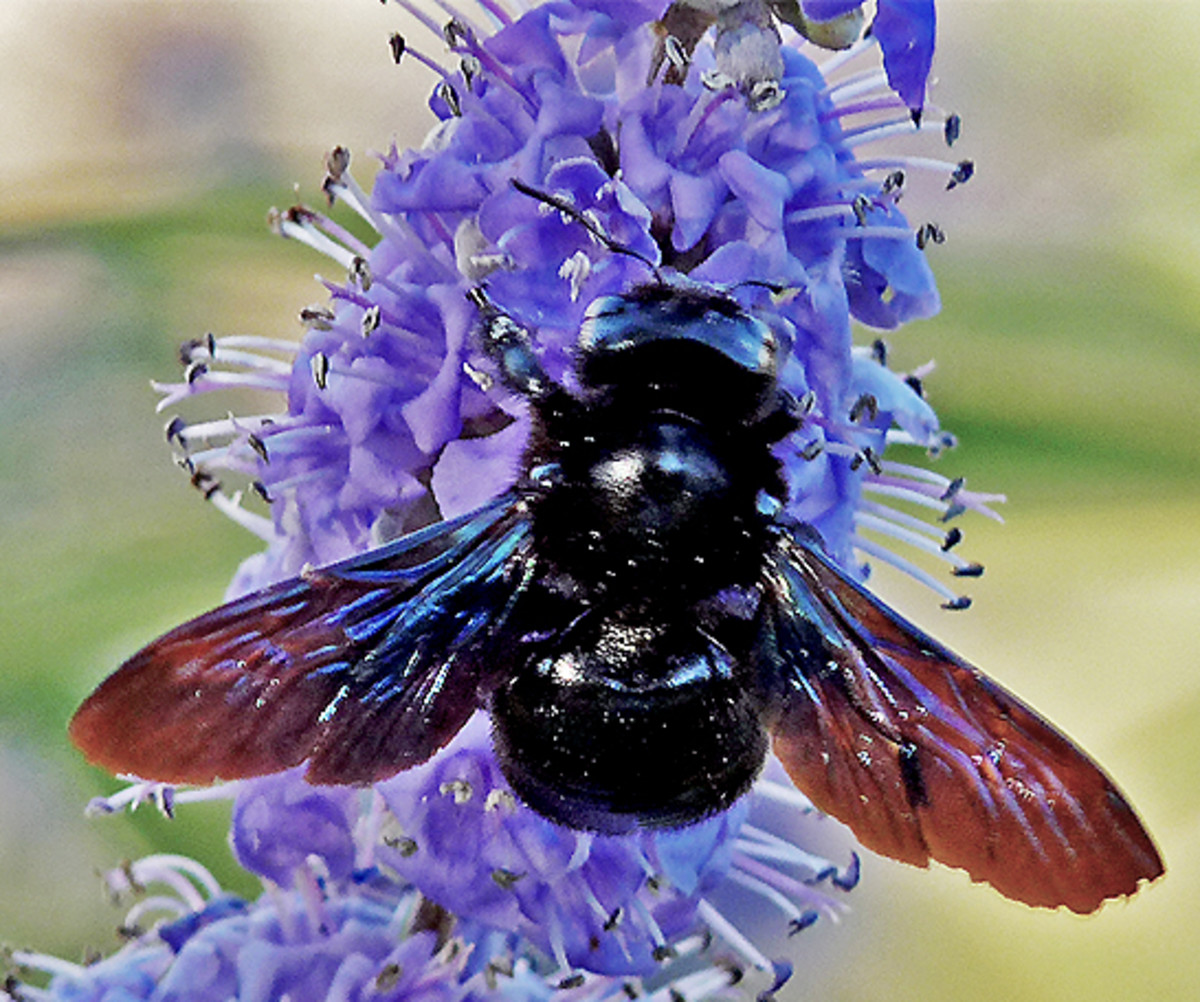Four Books For New Beekeepers
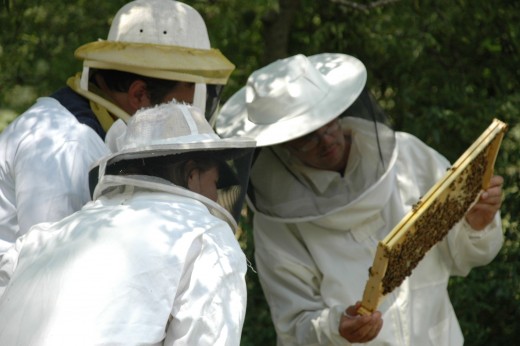
The aspiring beekeeper has many choices when it comes to books. Among books that cover the technical aspects of beekeeping, two are real standouts. The Beekeeper’s Handbook by Diana Sammataro and Alphonse Avitabile, and The ABC & XYZ of Bee Culture edited by Shimanuki, Flottum, and Harman. Two other books, The Buzz about Bees Biology of a Superorganism by Jürgen Tautz, and Honey Plants of North America by John H. Lovell are not specifically about the how-to of beekeeping but offer information that will help beekeepers improve their craft.
The Beekeeper’s Handbook is a clear and concisely written manual that covers the basics of beekeeping from purchasing bees to extracting honey. In addition to being a how-to manual, the book also covers basic honeybee biology, pests, diseases, and the uses of honey and the other products of the hive.
In beekeeping, there is often more than one way to accomplish the same thing; The Beekeeper’s Handbook often presents alternatives and discusses the advantages of each. The illustrations, an excellent source of information by themselves, are the best that I have seen in a book on beekeeping. They help to add clarity to an already excellent text. I also appreciate the presence of a good index and glossary.
I have the third edition of The Beekeeper’s Handbook. The fourth edition, revised and expanded has been recently released. It is hard to imagine that the authors have been able to improve on the third edition. If you are new to beekeeping, make a copy of either edition your first purchase.
The ABC & XYZ of Bee Culture edited by Shimanuki, Flottum, and Harman is an encyclopedia of beekeeping topics. Arranged alphabetically, a vast array of subjects is covered, all in reasonable depth, none of the entries are merely superficial. Hardly an area of beekeeping is not touched upon in this 911 page (including glossary and index) tome. You name it, it’s in there. While this book is a reference, not a how-to manual, it does give instructions under suitable topics. Photographs, both black and white, and color, add to the book’s usefulness. This book is a great resource to get a quick overview of a beekeeping subject.
The ABC & XYZ of Bee Culture and The Beekeeper’s Handbook are the two books that every beginner needs. Two other books, The Buzz about Bees Biology of a Superorganism by Jürgen Tautz and Honey Plants of North America by John H. Lovell will help round out any beekeeper’s library.
Jürgen Tautz studies the sociobiology of honeybees at the University of Wurzburg in Germany. Written for a lay audience, his 2008 book, The Buzz about Bees Biology of a Superorganism explains the biology of honeybees from the perspective of the colony. A colony of bees, Tautz explains, is comparable to a mammal with the individual bees corresponding to the mammal’s cells. It will be a new and valuable perspective for many beekeepers. There is something here for all levels of experience. Beekeeping is a kind of applied biology. The better that a beekeeper understands honeybee biology, the better management decisions that they can make. This book also has fabulous photographs by Helga R. Heilmann.
Honey Plants Of North America by John H. Lovell, first published in 1926, is available as a reprint. Some of the information is dated but the bulk of it still applies. Not all plants are useful for honey production, this book is an extensive listing of those that are. This is not a book for plant identification; the plants are not described in taxonomic detail. For each plant listed, its geographical distribution is given along with its approximate bloom date, type of honey produced and expected yield. Approximately half the book is a survey of beekeeping in the lower forty-eight states. I have found this section to be quite useful. While a lot has changed since 1926, the book’s broad geographical descriptions of available bee forage still seem to apply.
The four books described above are an excellent beginning to a beekeeper’s library. If you are new to beekeeping and on a budget, get The Beekeeper’s Handbook. Follow with the others as money allows.
- Why Keep Bees: Four Good Reasons Besides Pollination...
Most people, even those that don’t want to keep bees, know two good reasons why someone would, pollination and honey. These are the only reasons that most beekeepers need, but if you are on the fence about whether or not to give beekeeping a go,... - Buying Honeybees, The Options
- Beesource.com - Beekeeping resources for beekeepers since 1997!
